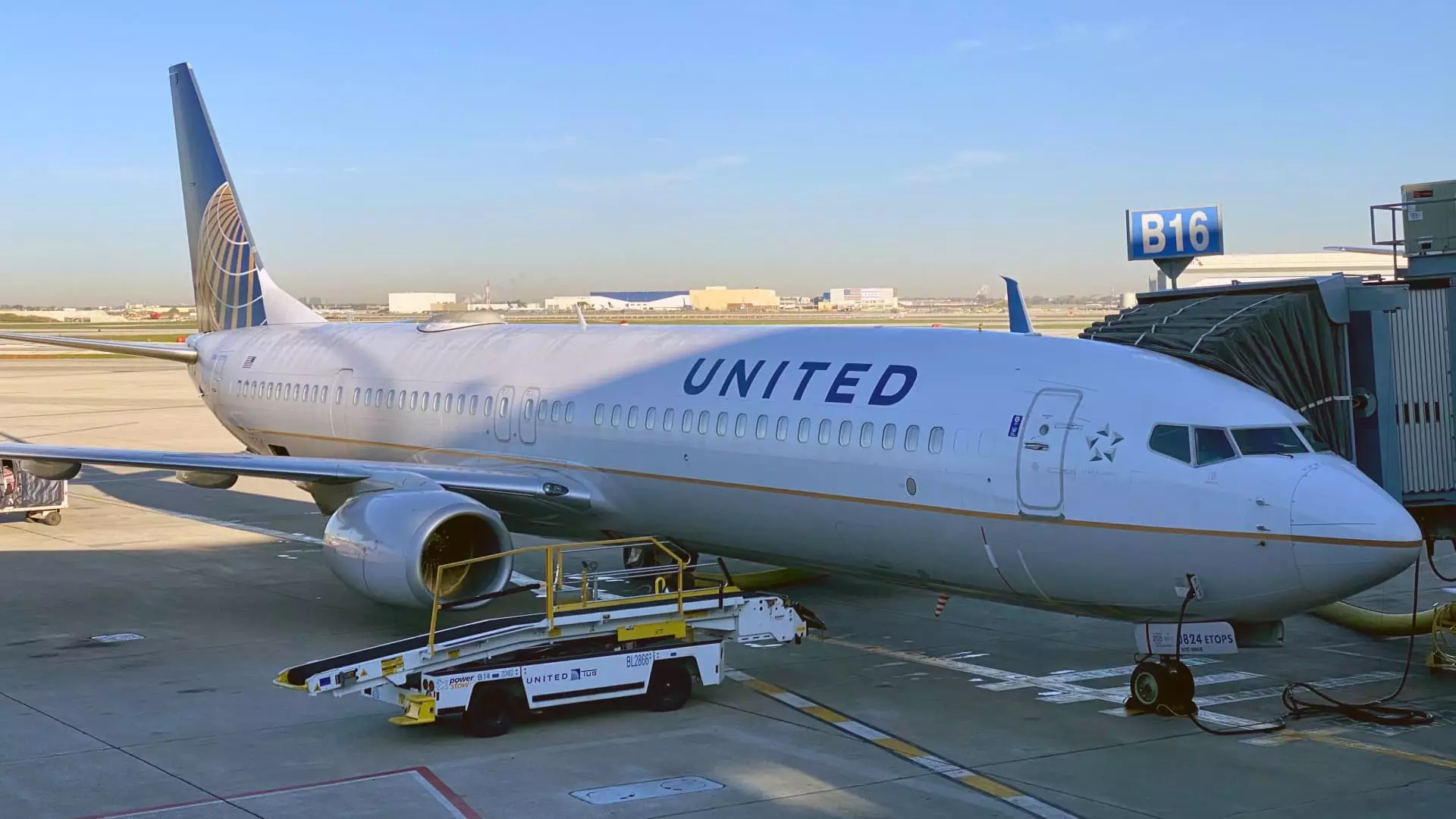Many travelers have experienced the frustration of flight delays, often blaming bad weather for disrupting their travel plans. However, the reality is that weather conditions, even miles away, can significantly impact flight schedules. Thunderstorms, in particular, can cause delays by forcing airports to issue ground stops and reroute flights to avoid turbulent weather. The unpredictability of thunderstorms makes it challenging for airlines to provide accurate information to passengers regarding potential delays.
Utilizing Technology to Communicate Delays
Recognizing the need for improved communication with passengers, United Airlines has implemented a new system that sends live radar maps to travelers to explain the cause of flight delays. By partnering with FlightAware, a flight-tracking platform, United can send real-time updates on weather conditions and other factors affecting flight schedules. This technology aims to provide passengers with transparency and insight into the reasons behind delays, whether they are due to weather, mechanical issues, or airport congestion.
Flight delays not only inconvenience passengers but can also lead to cascading effects, leaving planes and crew members out of position. As United Airlines prepares for a busy travel period around the July Fourth holiday, with an expected record number of travelers, the importance of effective communication becomes even more crucial. By leveraging generative artificial intelligence to deliver live radar maps and other relevant information to passengers, United aims to mitigate the impact of delays on travelers’ experiences.
According to data from FlightAware, nearly 21.4% of U.S. airline flights arrived late in the first half of the year, showing a slight improvement from the previous year’s figures. While delays are an inevitable part of air travel, airlines like United are taking proactive steps to enhance communication and transparency. By providing travelers with access to real-time weather updates and flight disruption causes, airlines can help passengers better understand the factors contributing to delays and make informed decisions about their travel plans.
Overall, the implementation of technology-driven solutions for communicating flight delays represents a positive step towards improving the passenger experience. By empowering travelers with timely and relevant information, airlines can enhance transparency, build trust, and ultimately create a more seamless and enjoyable travel experience for their customers.

Leave a Reply